What is Aluminum Diecast
Aluminum die casting is a high-pressure manufacturing process that forces molten aluminum into a mold cavity to create precise metal parts. This method is widely used across various industries due to its efficiency, precision, and versatility. The process results in components with complex geometries and intricate details that would be difficult or impossible to achieve through other manufacturing techniques. The die casting process is particularly well-suited for mass production, making it a cost-effective solution for large-scale manufacturing needs. It plays a crucial role in industries like automotive, aerospace, electronics, and consumer goods, providing the necessary components for various applications.
Aluminum Diecast Definition
Aluminum die casting involves injecting molten aluminum alloy under high pressure into a steel die. This die, also known as a mold, is specifically designed to shape the aluminum into the desired part. The rapid cooling and solidification within the die result in a dimensionally accurate and smooth surface finish. The process is highly automated, allowing for high production rates and consistency. The resulting parts are strong, lightweight, and corrosion-resistant, which is one of the many reasons why aluminum die casting is such a popular manufacturing choice.
Advantages of Aluminum Diecast
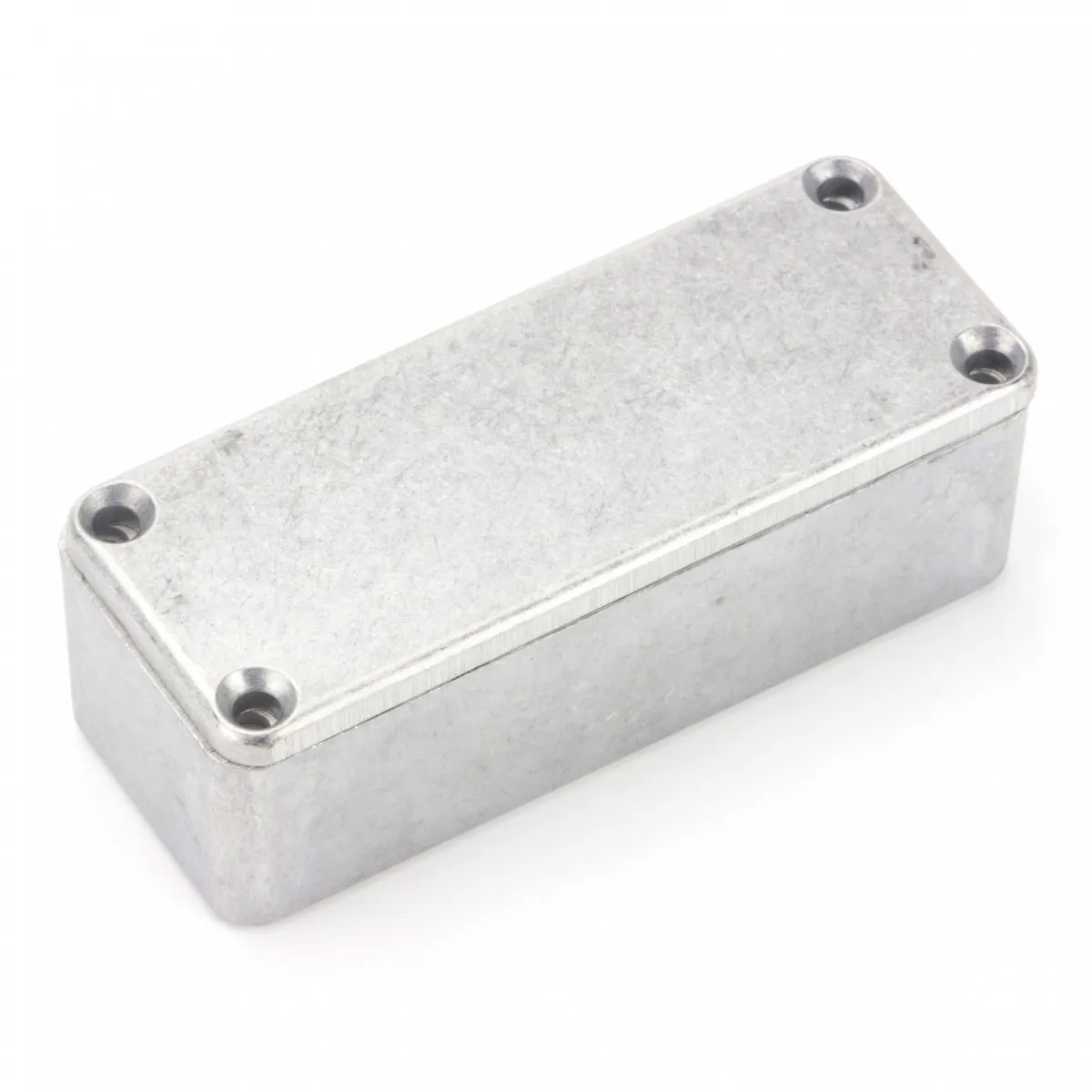
Aluminum die casting offers numerous advantages over other manufacturing processes. The high-pressure injection ensures tight tolerances and intricate details. It allows for complex geometries and thin-wall designs, reducing material usage and weight. The process is highly efficient, with fast production cycles, making it ideal for mass production. The resulting parts have excellent surface finishes, reducing the need for secondary finishing operations. Aluminum’s inherent properties such as corrosion resistance and high strength-to-weight ratio further enhance the benefits, making it a superior choice for various applications.
Applications of Aluminum Diecast
Aluminum die casting is used across a wide range of industries and applications. In the automotive industry, it’s used for engine blocks, transmission housings, and structural components. Aerospace relies on it for aircraft parts, while electronics use it for enclosures, heat sinks, and connectors. Consumer goods like power tools, furniture components, and sporting equipment also benefit from this versatile process. The ability to create complex shapes and durable parts makes aluminum die casting a preferred solution for various functional and aesthetic applications, demonstrating its widespread impact on modern manufacturing.
Aluminum Diecast Process
The aluminum die casting process involves several key steps, from design and tooling to the final quality control. Each stage is critical for ensuring the production of high-quality parts that meet specific requirements. Understanding the different phases of die casting helps manufacturers optimize the process for efficiency and product integrity, from initial planning to the final product inspection and delivery. Careful control and management of each phase contribute to the overall success of the aluminum die casting process.
Step 1 Design and Tooling

The design phase begins with defining the part’s specifications, including its shape, size, and functionality. Engineers consider factors like wall thickness, draft angles, and surface finish to optimize the design for die casting. Tooling involves creating the die, the mold that shapes the aluminum. This complex process requires precision machining of high-strength steel to ensure the mold’s accuracy and durability. Proper design and tooling are crucial for the efficient production of high-quality parts, as they directly influence the final product’s characteristics and manufacturing costs.
Step 2 Die Casting Process
Once the die is ready, the die casting process begins. Molten aluminum is heated to a specific temperature and injected into the die under high pressure. The molten metal quickly fills the die cavity, taking the shape of the part. The die is then cooled, causing the aluminum to solidify. This rapid cooling helps maintain the part’s dimensional accuracy and fine details. The process is highly automated, allowing for fast production cycles. The exact parameters, such as injection pressure and cooling time, are carefully controlled to produce high-quality parts consistently.
Step 3 Trimming and Finishing
After the part solidifies, it is removed from the die and trimmed to remove any excess material. This often involves trimming off flash, which is the excess metal that forms along the parting lines of the die. Additional finishing operations may be applied to enhance the part’s appearance or functionality. These operations can include machining, surface treatments (like powder coating), and other processes that prepare the part for its intended application. The finishing stage ensures that the final product meets all necessary specifications, providing a smooth and durable surface.
Step 4 Quality Control
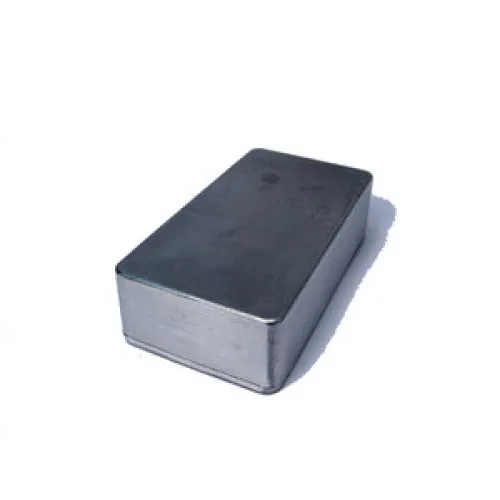
Quality control is an essential step to ensure the final product meets the required standards. Parts undergo rigorous inspection and testing to verify their dimensions, mechanical properties, and surface finish. This can involve visual inspections, dimensional checks, and mechanical testing. Any defects are identified and addressed to prevent the delivery of faulty parts. Quality control measures are crucial for maintaining product integrity, ensuring customer satisfaction, and minimizing the risk of product failure.
Aluminum Diecast Materials
Choosing the right aluminum alloy is critical for the success of the die casting process. Different alloys offer varied properties, such as strength, corrosion resistance, and thermal conductivity, which influence the final product’s performance and application. Understanding the characteristics of these alloys helps manufacturers select the best material for specific needs. Proper material selection optimizes part performance, reduces production costs, and guarantees customer satisfaction. Careful consideration of material properties ensures the final product meets the intended requirements.
Common Aluminum Alloys Used
Several aluminum alloys are commonly used in die casting, each with unique properties. The A380 alloy is popular for its excellent castability, good mechanical properties, and cost-effectiveness. A383 is another common alloy, offering improved strength compared to A380. A360 and A384 alloys provide good corrosion resistance and are suitable for specific applications. These alloys are selected based on the specific requirements of the part, with factors like strength, ductility, and corrosion resistance being critical determinants in material choice. The selection process ensures the final part is optimized for its intended use.
Properties of Aluminum Alloys
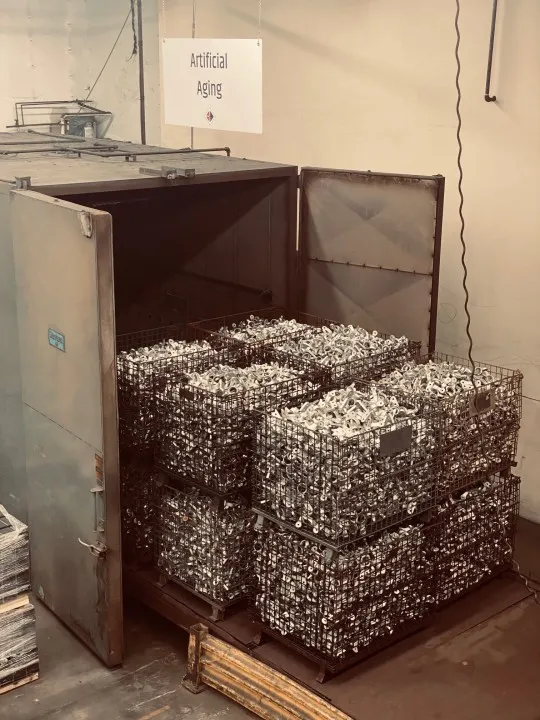
Aluminum alloys offer a range of desirable properties that make them ideal for die casting. They have high strength-to-weight ratios, excellent corrosion resistance, and good thermal conductivity. These properties allow for lightweight, durable parts that can withstand harsh environments. The alloys are also easily castable, allowing for complex shapes and intricate details. The specific properties, such as tensile strength, elongation, and hardness, vary depending on the alloy. Understanding these properties helps engineers select the best material for a particular application, ensuring optimal performance.
Aluminum Diecast Design Considerations
Effective design is crucial to maximizing the benefits of aluminum die casting. Proper design ensures that parts are easy to manufacture, meet performance requirements, and minimize costs. Careful planning can improve the efficiency of the manufacturing process while achieving the desired product characteristics. Design considerations greatly impact the final quality and cost of die-cast parts. By taking these factors into account, engineers can create optimal designs for specific applications.
Wall Thickness and Draft Angles
Wall thickness affects part strength, weight, and cooling time. Uniform wall thickness is preferred to avoid stress concentrations and distortion. Draft angles, which are slight tapers on the sides of the part, are essential for easy removal from the die. The correct draft angles and wall thickness ensure parts are easily ejected and can withstand operational stresses, enhancing both manufacturing efficiency and product durability. Optimizing these parameters optimizes manufacturing processes and part quality, while improving the final product’s performance.
Surface Finish and Tolerances
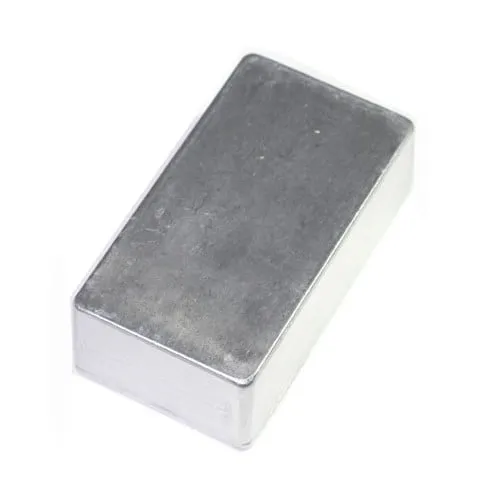
Surface finish and tolerances influence the part’s appearance and functionality. Tight tolerances ensure dimensional accuracy, critical for parts that must fit together precisely. Surface finish affects the part’s resistance to corrosion and its ability to receive coatings. The choice of surface finish can range from rough to highly polished, depending on the application. Precise control over these factors is necessary for achieving the desired product characteristics, which enhance overall performance and appearance, as well as the product’s market value.
Cost Optimization in Aluminum Diecast
Cost optimization is a key focus in the aluminum die casting process, as it directly impacts the profitability of manufacturing projects. Several factors influence the overall cost, including design choices, material selection, and the manufacturing process itself. Implementing various strategies helps minimize production expenses without sacrificing product quality. Balancing efficiency with cost-effectiveness is crucial for success, ensuring projects are economically viable. A comprehensive approach ensures the aluminum die casting process remains competitive, maximizing value for clients.
Factors Influencing Die Casting Cost
Several factors affect the cost of aluminum die casting. These include die design and tooling, which can be a significant upfront investment. The complexity of the part and its required tolerances also play a role. Material costs, labor costs, and the production volume all contribute to the final price. Production efficiency, waste reduction, and the choice of finishing processes can also influence the overall cost. Thorough consideration of each of these aspects allows for more accurate cost forecasting and effective cost control throughout the manufacturing process.
Tips for Reducing Production Costs

There are several ways to reduce production costs in aluminum die casting. Simplifying part designs, where possible, reduces tooling costs and manufacturing complexity. Using standard alloys lowers material expenses. Optimizing the die design for efficient cooling and ejection also improves production rates and reduces cycle times. Implementing lean manufacturing principles, such as reducing waste and improving efficiency, can also significantly reduce costs. Regular maintenance of dies and equipment prevents breakdowns and minimizes downtime.
Aluminum Diecast Troubleshooting
Even with careful planning and execution, challenges and defects can arise during the aluminum die casting process. These issues can affect part quality, production efficiency, and overall costs. Identifying common problems and implementing effective solutions is essential for maintaining a smooth and reliable manufacturing operation. Effective troubleshooting requires systematic problem-solving and process control to deliver high-quality aluminum die cast parts. Quick resolution of these issues minimizes downtime and supports consistent quality production.
Common Defects and Solutions
Common defects in aluminum die casting include porosity, shrinkage, and cold shuts. Porosity can result from trapped gas, while shrinkage occurs as the metal cools and solidifies. Cold shuts happen when molten metal doesn’t fully fuse. Identifying the causes of these defects is crucial for resolving them. Solutions can include adjusting the die temperature, changing the injection parameters, or modifying the die design. Careful monitoring and adjustment of the casting process help reduce the occurrence of these issues and ensure product quality.
Preventative Measures
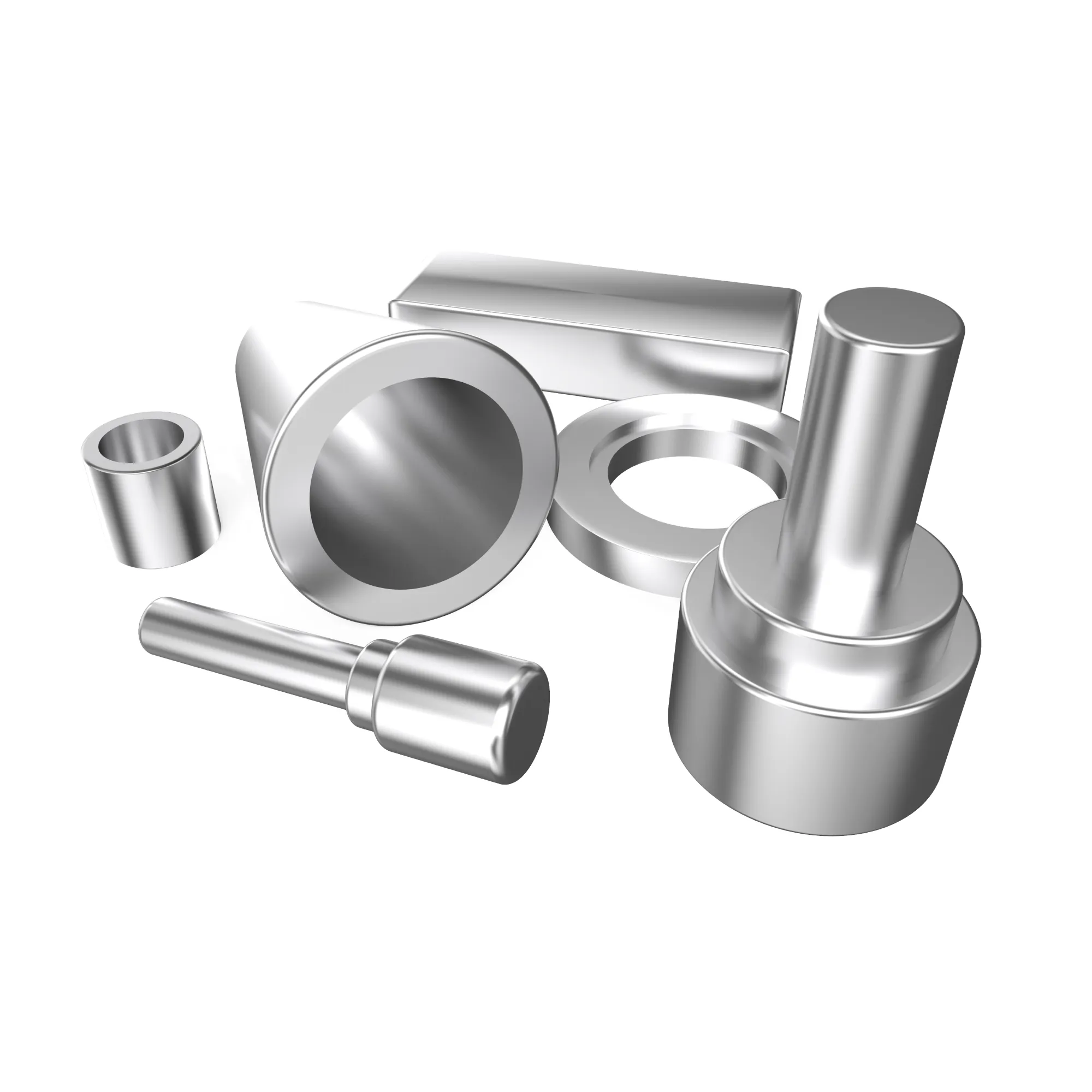
Preventative measures play a crucial role in reducing the risk of defects. Regular maintenance of the die and equipment prevents breakdowns and inconsistencies. Optimizing the die design for proper venting and gating helps prevent trapped gas and cold shuts. Careful control of the casting parameters, such as temperature and injection pressure, minimizes shrinkage and porosity. By implementing these preventative measures, manufacturers can improve product quality, reduce waste, and enhance the overall efficiency of the die casting process.
Future Trends in Aluminum Diecast
The aluminum die casting industry continues to evolve, driven by technological advancements and changing market demands. Understanding future trends allows manufacturers to stay competitive, improve efficiency, and deliver innovative products. The industry is constantly striving to improve manufacturing methods, develop new materials, and ensure sustainable practices. Staying informed about trends ensures businesses can adapt to meet evolving needs and embrace the opportunities presented by this dynamic field.
New Technologies and Innovations
Several new technologies are shaping the future of aluminum die casting. Advanced die casting machines offer increased precision and automation, improving production efficiency. New alloys are being developed, offering enhanced properties such as improved strength and corrosion resistance. Simulation software enables engineers to optimize die designs and casting parameters, reducing development time and costs. The integration of automation and data analytics is improving process control and enabling predictive maintenance, reducing downtime and defects. These innovations drive the industry forward, enabling manufacturers to deliver superior products.
Sustainability in Aluminum Diecast
Sustainability is becoming increasingly important in aluminum die casting. Efforts are focused on reducing energy consumption, minimizing waste, and utilizing recycled materials. Implementing energy-efficient equipment and optimizing casting processes decreases the environmental footprint. The use of recycled aluminum reduces the demand for primary aluminum production, which consumes significant energy. Sustainable practices are becoming essential for the long-term viability and reputation of the industry, creating responsible and environmentally friendly manufacturing.
